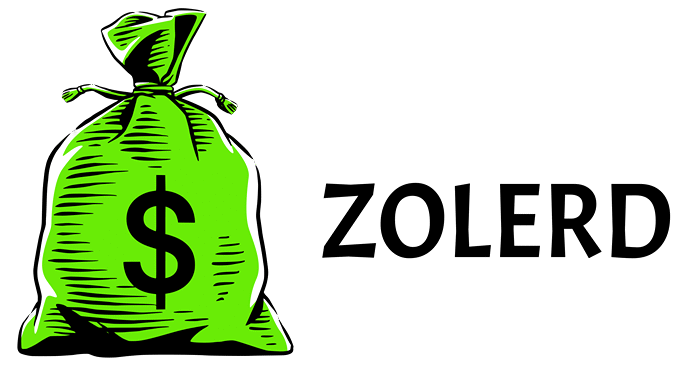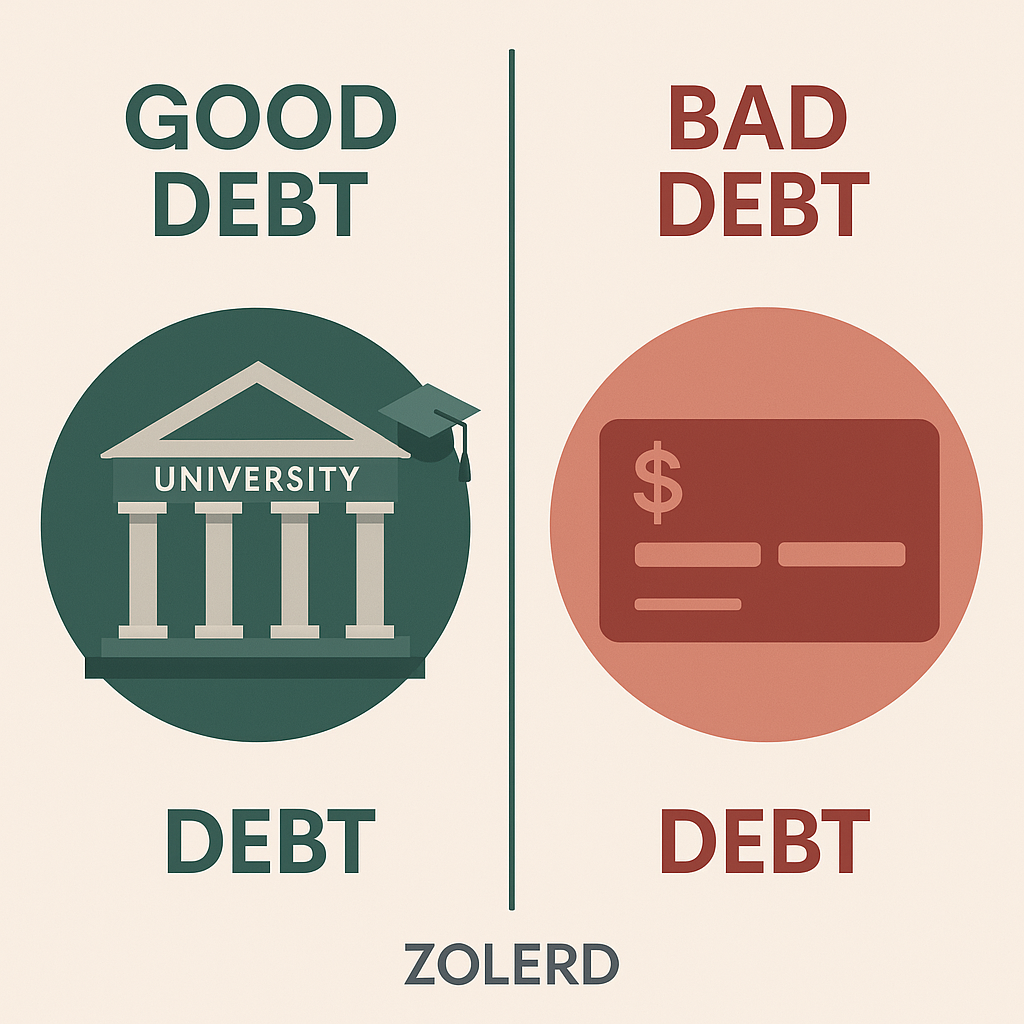Last Updated on May 24, 2025 by admin
Not all debt is bad. Some types can help build wealth, while others can drain your finances. Understanding the difference between good and bad debt can help you make smarter financial decisions. Let’s break it down.
What Is Good Debt?
Good debt is borrowing that leads to financial growth or increases your net worth over time. These types of loans usually come with lower interest rates and long-term benefits.
Examples of Good Debt
- Student Loans – Education can boost your earning potential, making student loans a worthwhile investment if you choose a high-return career.
- Mortgage Loans – Buying a home allows you to build equity and may increase in value over time.
- Business Loans – Funding a business can create income opportunities and financial independence.
- Auto Loans (in Some Cases) – A car loan is necessary for work or business, but only if you buy within your means and at a reasonable interest rate.
- Investment Loans – Borrowing to invest in appreciating assets, such as real estate or a profitable business, can lead to financial gains if done wisely.
Follow the link to read more on student loans from the official Federal Student Aid site: how student loans impact your finances
What Is Bad Debt?
Bad debt is borrowing for things that don’t appreciate in value or generate future income. These debts often come with high interest rates and can trap you in a cycle of repayment.
Examples of Bad Debt
- Credit Card Debt – High-interest rates make unpaid balances costly, especially when spent on non-essential items.
- Payday Loans – Extremely high fees and short repayment periods can make these loans financially dangerous.
- High-Interest Personal Loans – Borrowing for vacations, gadgets, or luxury purchases adds financial strain without long-term benefits.
- Expensive Auto Loans – Buying a car beyond your budget, especially with a long-term loan, leads to excessive interest payments on a depreciating asset.
- Retail Financing & Buy Now, Pay Later Plans – Many of these loans encourage overspending and can come with hidden fees or high interest if not paid on time.
Already feeling stuck in high credit card debt? Check this out: How to Pay Off Credit Card Debt Fast Using the Snowball Method
How to Borrow Wisely
- Assess Necessity – Ask yourself if the debt will improve your financial future.
- Check Interest Rates – Lower interest rates mean less money spent over time.
- Plan for Repayment – Have a clear strategy to pay off loans without financial stress.
- Avoid Impulse Borrowing – Think before taking on new debt, especially for luxury purchases.
Final Thoughts
Debt isn’t inherently bad—it’s how you use it that matters. Borrow for things that increase your wealth or earning potential, and avoid loans that add financial burden without benefits. Making smart borrowing choices can keep you financially stable and help you build a stronger future.

